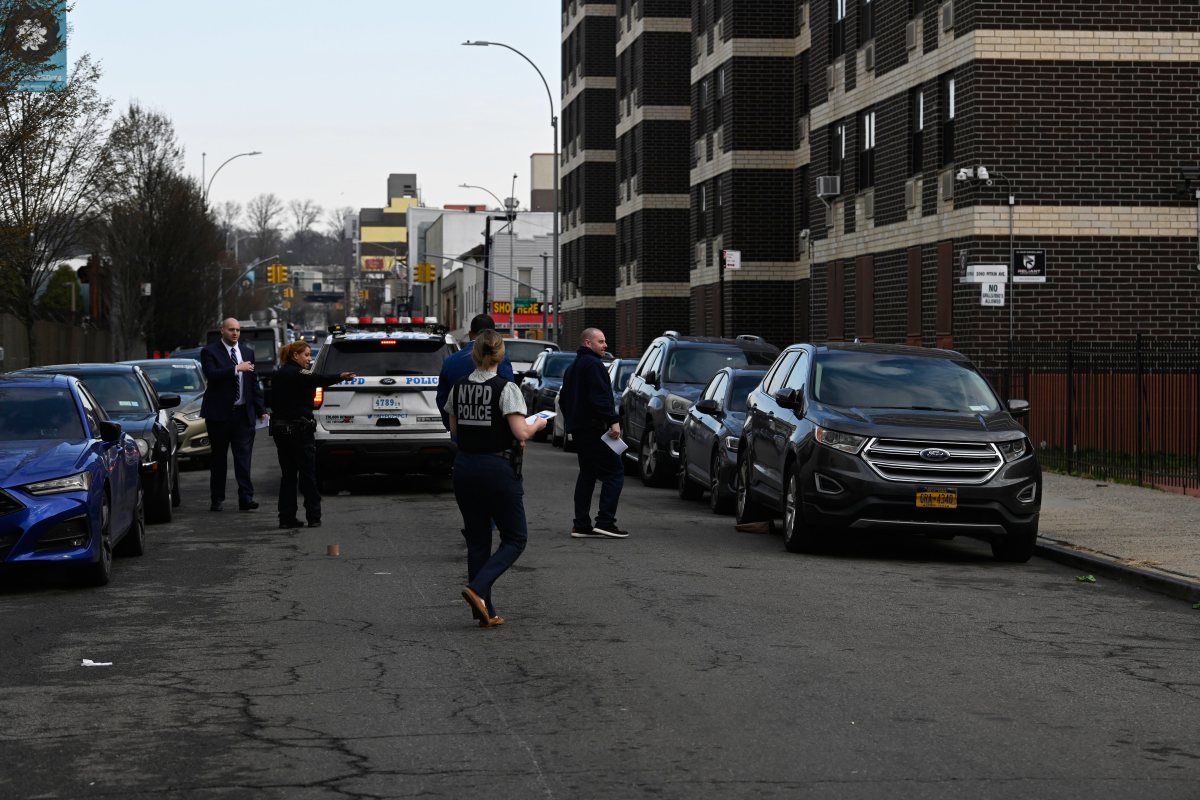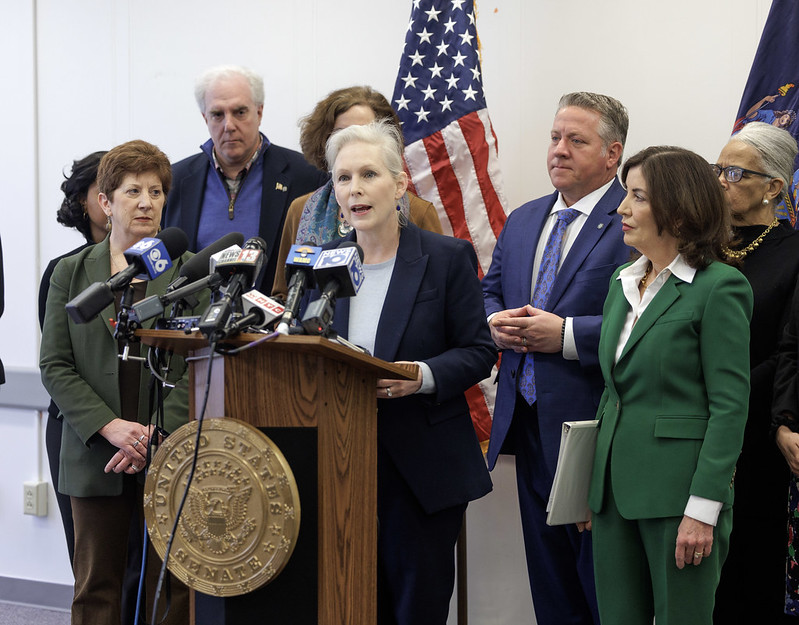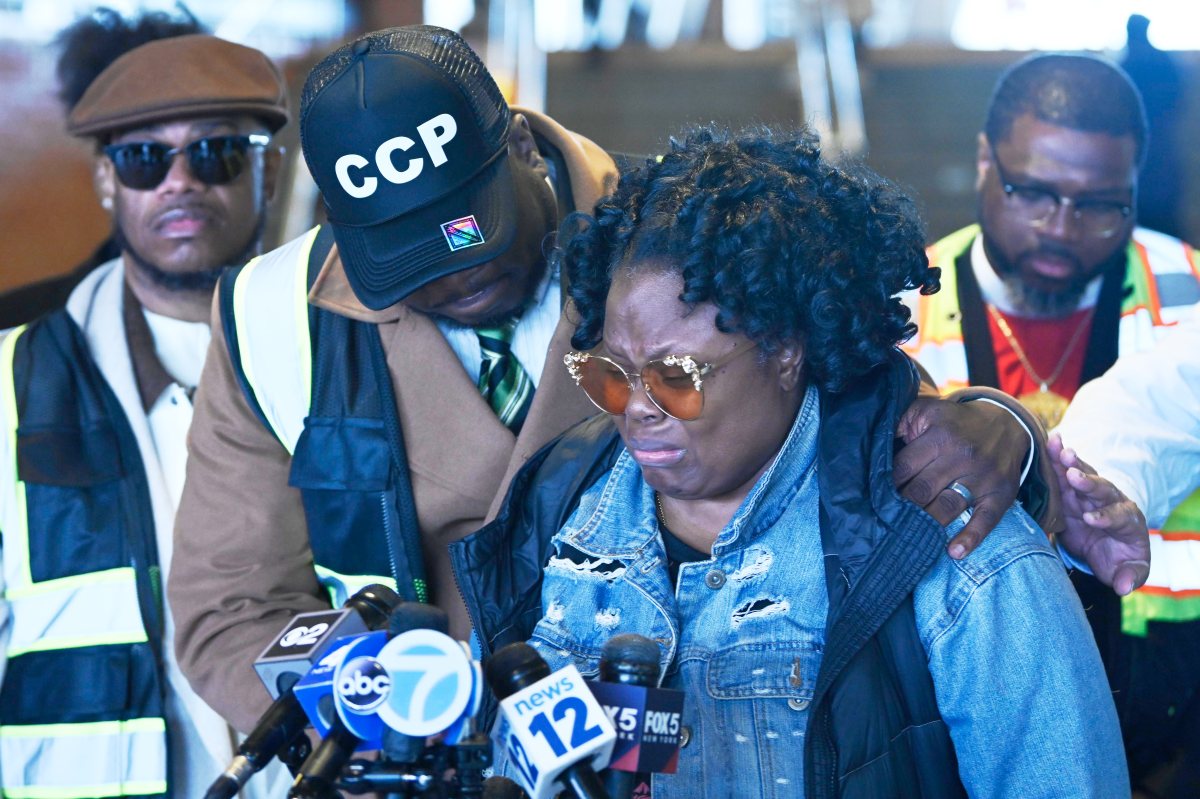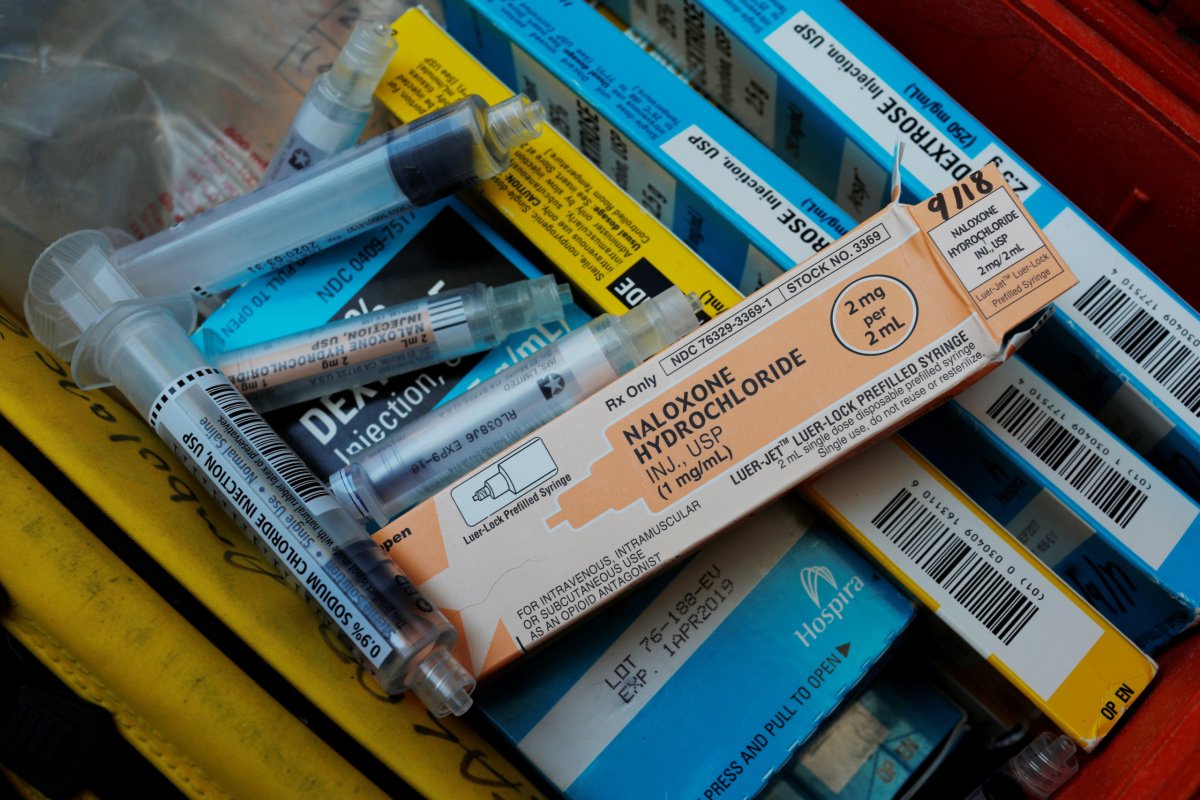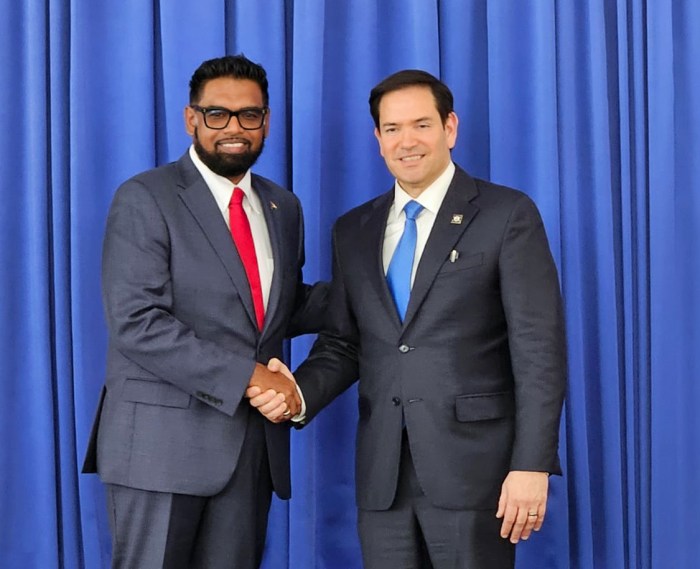In New York City, 2.5 million residents that can’t afford the basic necessities such as food, housing, health care, and child care, according to The 2018 Self-Sufficiency Standard for New York City Report by City Harvest and their partners United Way of New York City, the Women’s Center for Education and Career Advancement and the New York Community Trust.
After investigating families income connected with their needs, the researchers found that two in five households, a total of 905,000 in New York City, struggle daily to make their living in the city work.
“I live paycheck-to-paycheck. I don’t get any benefits, I don’t get food stamps, and I’m not on welfare. I just work and I don’t know how I’m making everything meet,” Emily, a Bronx resident, told City Harvest.
Even though these families can’t afford their basics needs, only a third of these is considered “poor”, according to the federal official poverty measure.
“When we did the report, we found a huge gap between what people are earning and the costs in the city,” David DeVaughn, City Harvest’s Director of Public Policy, told Metro.
DeVaughn explains that the researches found that a large and diverse group of individuals and families experiencing economic distress in the city is feeling overlooked and undercounted.
“Many of these hidden poor find they earn too much income to qualify for most supports, yet are still struggling to meet their basic needs,” the report reads.
The expensive housing

Currently, It’s expensive to live in any neighborhood in New York City.
According to the report, families’ efforts are exacerbated by the reality that housing, health care, and other costs are rising faster than wages in the city.
“I’ve been living in the Bronx with my husband and daughter for about 8 years now, and everything is getting more expensive. They just raised my rent double. So, it’s hard,” Emily said.
For a Bronx family of three, one adult with two kids needs a minimum annual income around $76,000 which is almost four times the official poverty measures (20,780) and double what a minimum wage job pays.
“It’s very tough to know that families are being forced to choose between paying for health care, a place to live or food,” DeVaughn said.
How to get help

Many of these families that are struggling to make ends meet turn to soup kitchens, food pantries, and other community food programs that City Harvest provides in order to help.
According to City Harvest, there were nearly 25 million visits to soup kitchens and food pantries across the city last year, despite the fact that most households have at least one member who works full-time.
DeVaughn encourages New Yorkers to learn more about Supplemental Nutrition Assistance Program (SNAP) which is a federal program that provides food-assistance for low-income families, aimed at making healthy and fresh food more accessible.
“Many people don’t know they’re eligible for the SNAP-program when they actually are, we want to help as many as possible,” DeVaughn said
DeVaughn urges struggling NYC families to apply for the program on their website.
“We hope this report can make people understand the reality for many New Yorkers and how many that are affected by the high costs in the city,” DeVaughn said.
If you want to help these families, you can volunteer at many of City Harvests events and also make donations to their fundraiser.





